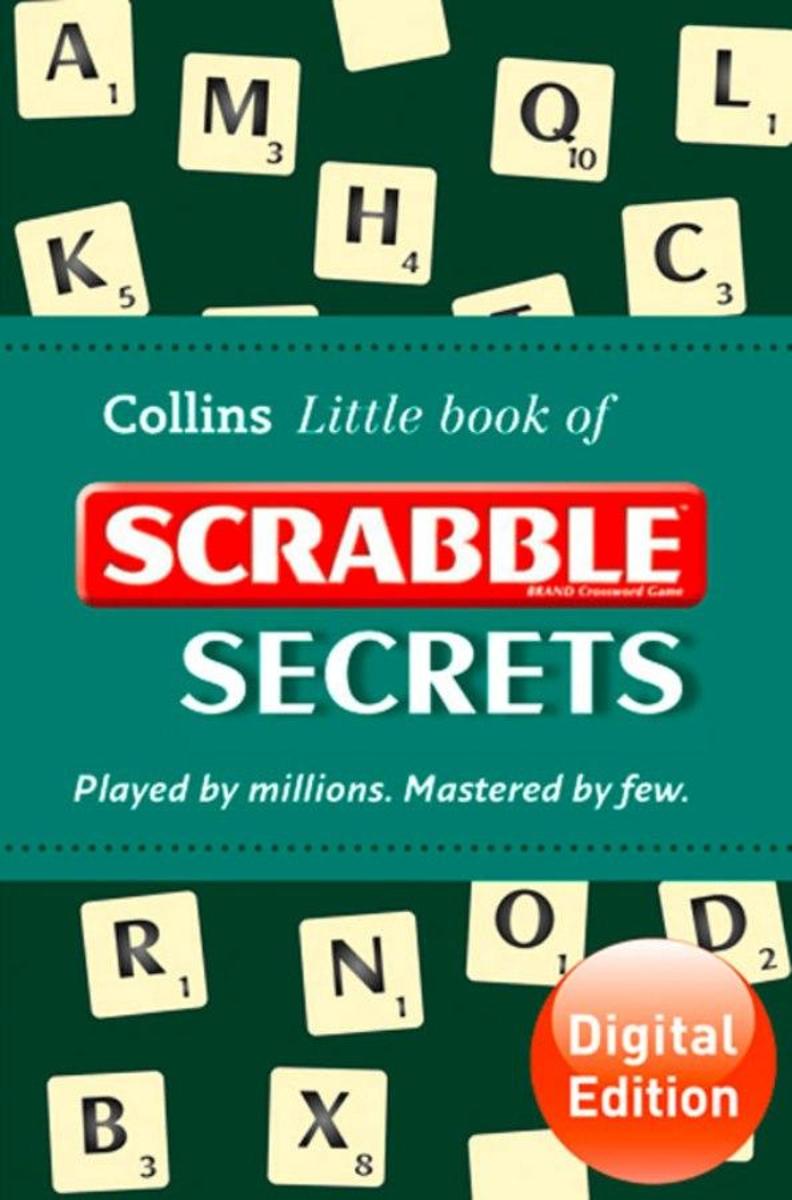
Scrabble Secrets (Collins Little Books)
¥44.05
Inside this little book lie the secrets of Britain’s only ever Scrabble World Champion.
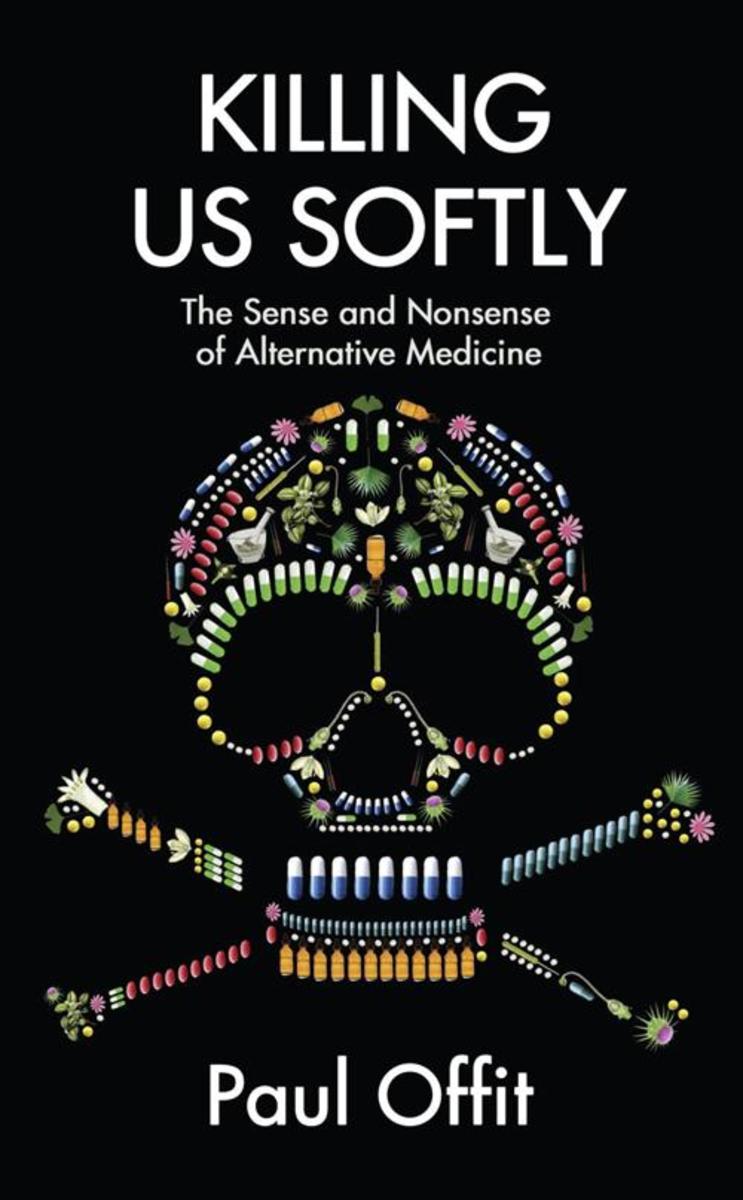
Killing Us Softly:The Sense and Nonsense of Alternative Medicine
¥80.25
More people than ever are using alternative medicine. But, as expert Dr Paul Offit explains, these untested therapies are ineffective, expensive and even deadly. Now that homeopathic remedies are offered on the Nhs, it's clear that various therapies once considered alternative or complementary, have become mainstream - prescribed to burn fat, shrink prostates, alleviate colds, reduce stress, eliminate pain and prevent cancer. At the same time, uptake of effective vaccines such as Mmr has fallen - a disturbing trend which, in the case of the Mmr, has lead to a sharp rise in the number of measles cases. In 'Killing Us Softly' Paul Offit reveals, alternative medicine - an unregulated industry under no obligation to prove its claims or admit its risks - can actually be very harmful. In 'Killing Us Softly' he exposes how: * Homeopathic asthma preparations and bogus cancer cures have replaced life-saving medicines. * Acupuncture needles have pierced hearts, lungs, and livers and transmitted viruses, including hepatitis B, hepatitis C and Hiv. * Chiropractic manipulations have torn arteries. * Megavitamins increase the risk of cancer and heart disease-a fact well known to scientists but virtually unknown to the public. Using real-life case histories to back his argument, Dr Offit shows us why any medical treatment - alternative or conventional - must be properly evaluated. 'There's no such thing as alternative medicine. There's only medicine that works and medicine that doesn't.'
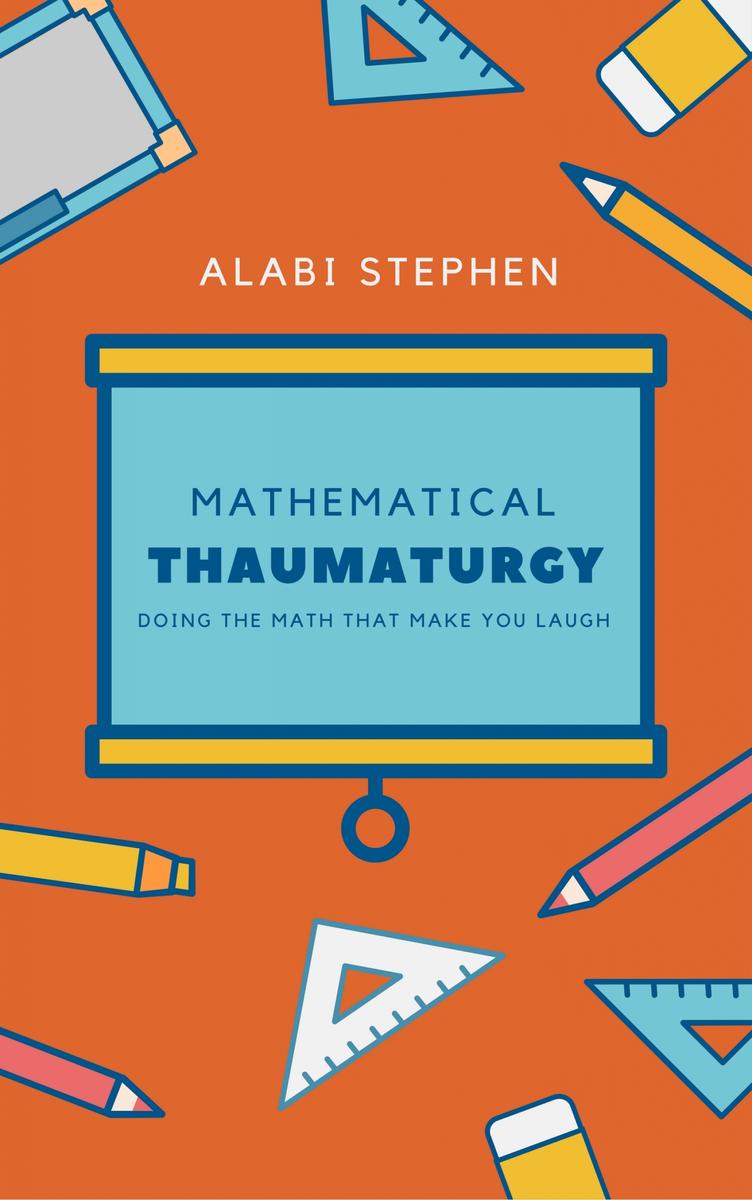
Mathematical Thaumaturgy: Doing The Math that Make You Laugh
¥32.62
Mathematical Thaumaturgy: Doing The Math that Make You Laugh
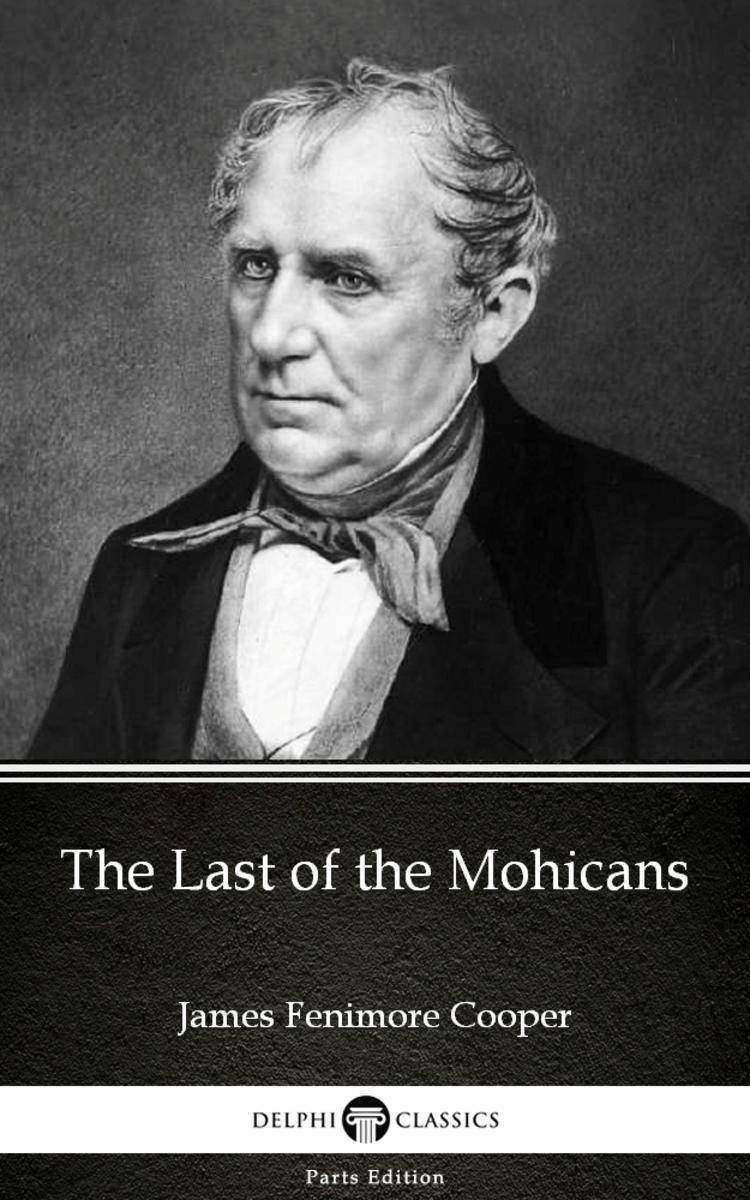
The Last of the Mohicans by James Fenimore Cooper - Delphi Classics (Illustrated
¥8.09
This eBook features the unabridged text of ‘The Last of the Mohicans by James Fenimore Cooper - Delphi Classics (Illustrated)’ from the bestselling edition of ‘The Complete Works of James Fenimore Cooper’. Having established their name as the leading publisher of classic literature and art, Delphi Classics produce publications that are individually crafted with superior formatting, while introducing many rare texts for the first time in digital print. The Delphi Classics edition of Cooper includes original annotations and illustrations relating to the life and works of the author, as well as individual tables of contents, allowing you to navigate eBooks quickly and easily. eBook features: * The complete unabridged text of ‘The Last of the Mohicans by James Fenimore Cooper - Delphi Classics (Illustrated)’ * Beautifully illustrated with images related to Cooper’s works * Individual contents table, allowing easy navigation around the eBook * Excellent formatting of the text Please visit www.delphiclassics.com to learn more about our wide range of titles
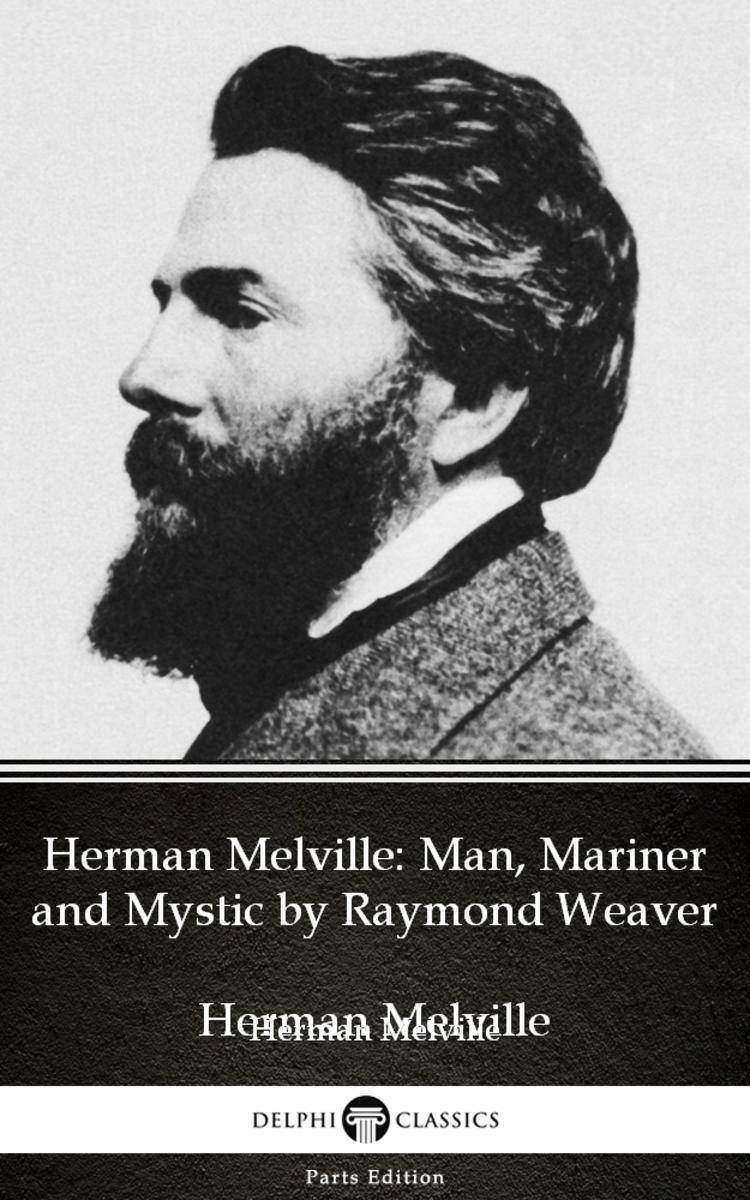
Herman Melville Man, Mariner and Mystic by Raymond Weaver - Delphi Classics (Ill
¥8.09
This eBook features the unabridged text of ‘Herman Melville Man, Mariner and Mystic by Raymond Weaver by Herman Melville - Delphi Classics (Illustrated)’ from the bestselling edition of ‘The Complete Works of Herman Melville’. Having established their name as the leading publisher of classic literature and art, Delphi Classics produce publications that are individually crafted with superior formatting, while introducing many rare texts for the first time in digital print. The Delphi Classics edition of Melville includes original annotations and illustrations relating to the life and works of the author, as well as individual tables of contents, allowing you to navigate eBooks quickly and easily. eBook features: * The complete unabridged text of ‘Herman Melville Man, Mariner and Mystic by Raymond Weaver by Herman Melville - Delphi Classics (Illustrated)’ * Beautifully illustrated with images related to Melville’s works * Individual contents table, allowing easy navigation around the eBook * Excellent formatting of the text Please visit www.delphiclassics.com to learn more about our wide range of titles

Sacred
¥38.62
Sacred is the heart-breaking love story of a young woman and her husband, who live in the old part of the city in Jerusalem. After ten years of a loving relationship without children, Rachel’s husband is forced by custom to reject her. Does she dare to tell the truth – or will she let her beloved husband marry another? 'In Rachel and Naomi, Abecassis creates two powerful and sympathetic heroines, and the power and beauty of her writing renders their story both heartbreaking and hypnotic.'? Observer 'A terrifying book on the feminine condition.' ? Le Figaro

The Three Bears
¥40.79
Once upon a time there were Three Bears, who lived together in a house of their own, in a wood. One of them was a Little, Small, Wee Bear; and one was a Middle-sized Bear, and the other was a Great, Huge Bear. They had each a pot for their porridge; a little pot for the Little, Small, Wee Bear; and a middle-sized pot for the Middle Bear, and a great pot for the Great, Huge Bear. And they had each a chair to sit in; a little chair for the Little, Small, Wee Bear; and a middle-sized chair for the Middle Bear, and a great chair for the Great, Huge Bear. And they had each a bed to sleep in; a little bed for the Little, Small, Wee Bear; and a middle-sized bed for the Middle Bear, and a great bed for the Great, Huge Bear.

Children and Traumatic Incident Reduction:Creative and Cognitive Approaches
¥65.99
What if we could resolve childhood trauma early, rather than late? We are understanding more and more about how early traumatic experiences affect long-term mental and physical health: ·Physical impacts are stored in muscles and posture ·Threats of harm are stored as tension ·Overwhelming emotion is held inside ·Negative emotional patterns become habit ·Coping and defense mechanism become inflexible What if we could resolve childhood trauma before years go by and these effects solidify in body and mind? In a perfect world, we'd like to be able to shield children from hurt and harm. In the real world, children, even relatively fortunate ones, may experience accidents, injury, illness, and loss of loved ones. Children unfortunate enough to live in unsafe environments live through abuse, neglect, and threats to their well-being and even their life. What if we could resolve childhood trauma fully, gently, and completely while the child is still young? We Can. Read Children and Traumatic Incident Reduction and find out how! "This book is a must for any therapist working with kids. Naturally, it focuses on the approach of Traumatic Incident Reduction, but there is a lot of excellent material that will be useful even to the therapist who has never before heard of TIR and may not be particularly interested in learning about it. The general approach is respectful of clients, based on a great deal of personal experience by contributors as well as on the now extensive research base supporting TIR, and fits the more general research evidence on what works". --Robert Rich, PhD Book #2 in the TIR Applications Series. Series Editor: Robert Rich, PhD Learn more about TIR books at www.TIRbook.com

Onegin: English and Russian Language Edition
¥40.79
Bilingual edition of Pushkin's Eugene Onegin in both Russian and English languages. Meet Onegin, a dandy from Saint Petersburg, about 26. An arrogant, selfish and world-weary cynic. One day he inherits a landed estate from his uncle where he strikes up a friendship with his neighbour, a starry-eyed young poet named Vladimir Lensky. One day, Lensky takes Onegin to dine with the family of his fiancee, the sociable but rather thoughtless Olga Larina. At this meeting he also catches a glimpse of Olga's sister Tatyana. A quiet, precocious romantic and the exact opposite of Olga, Tatyana becomes intensely drawn to Onegin. Soon after, she bares her soul to Onegin in a letter professing her love.

The Trimmed Lamp
¥40.79
Lou and Nancy were chums. They came to the big city to find work because there was not enough to eat at their homes to go around. Nancy was nineteen; Lou was twenty. Both were pretty, active, country girls who had no ambition to go on the stage.

The Sandman and Other Tales
¥40.79
Nathanael is a young student, moved from his provincial town to a city where he attends university. It is there where he meets Coppola, a hawker of oculars and eye-glasses and a man whose looks and name have an uncanny similarity to the tormentor of Nathanael's childhood, the advocate Coppelius, the man Nathanael holds responsible for his father's death.

Rikki-Tikki-Tavi and Other Tales
¥40.79
A a young mongoose named Rikki-Tikki-Tavi is adopted into a British family residing in India. After becoming friendly with some of the other creatures inhabiting the garden, Rikki is warned of two cobras Nag and Nagaina, who are angered by the family's presence on their territory.

A Midsummer Night's Dream
¥40.79
One of Shakespeare's most popular works, A Midsummer Night's Dream is a comedy play following events surrounding marriage of the Duke of Athens, Theseus, and Hippolyta. The play is set in a forest where several young Athenian lovers and a group of six amateur actors are being controlled and manipulated by the fairies inhabiting the forest.
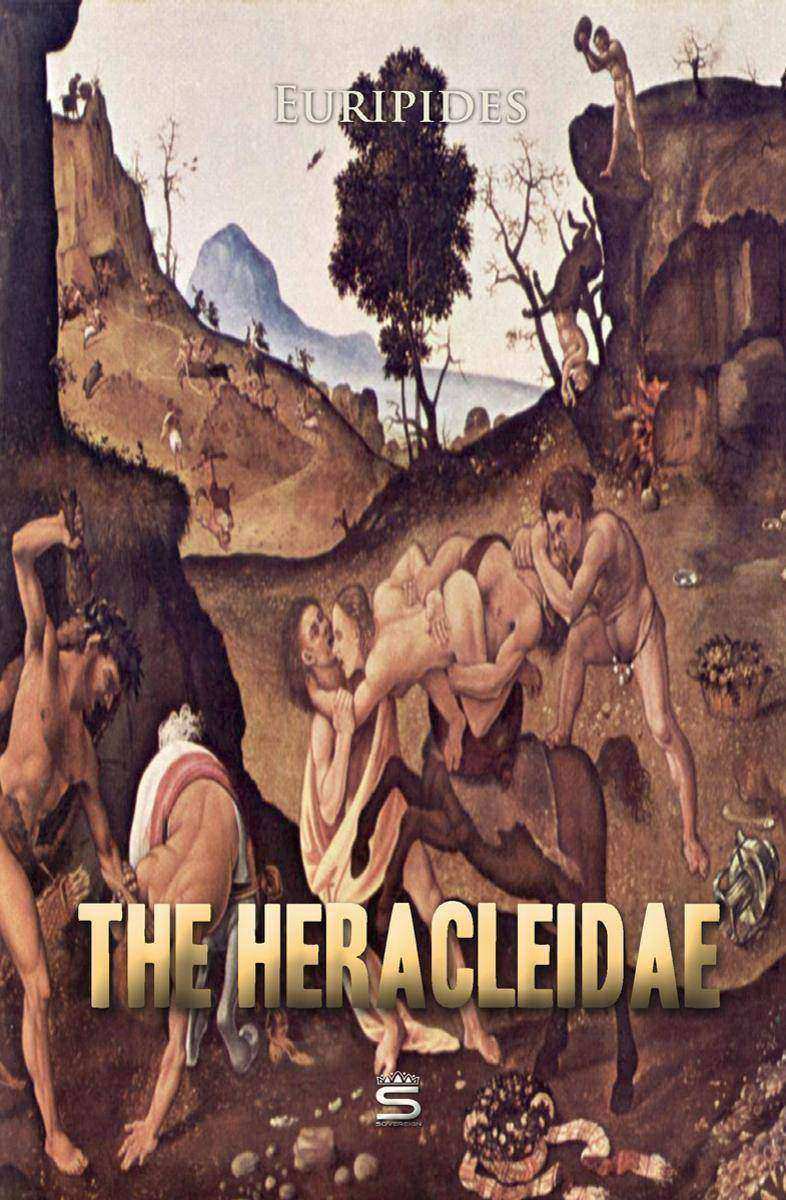
The Heracleidae
¥40.79
Iolaus, Heracles’ nephew and his companion during his Twelve Labours but now an old man, is in hiding with Heracles’ fatherless children at the altar of the temple of Zeus at Marathon, near Athens. They have been moving from city to city, as Iolaus tries to protect them from the vengeful King Eurystheus of Argos, who has vowed to kill them. A herald from Eurystheus appears calling on them once more to return to Argos to face the consequences, and Iolaus begs the Chorus of aged Athenians to take pity and help them.

Alice in Wonderland and Through the Looking Glass
¥40.79
Who in the world am I? Ah, that's the great puzzle.' Curious Alice falls through a rabbit hole into a fantasy world populated by peculiar, anthropomorphic creatures. The tale plays with ideas of human perception and logic, giving the story lasting popularity with adults as well as with children. It is considered to be one of the best examples of the literary nonsense genre.
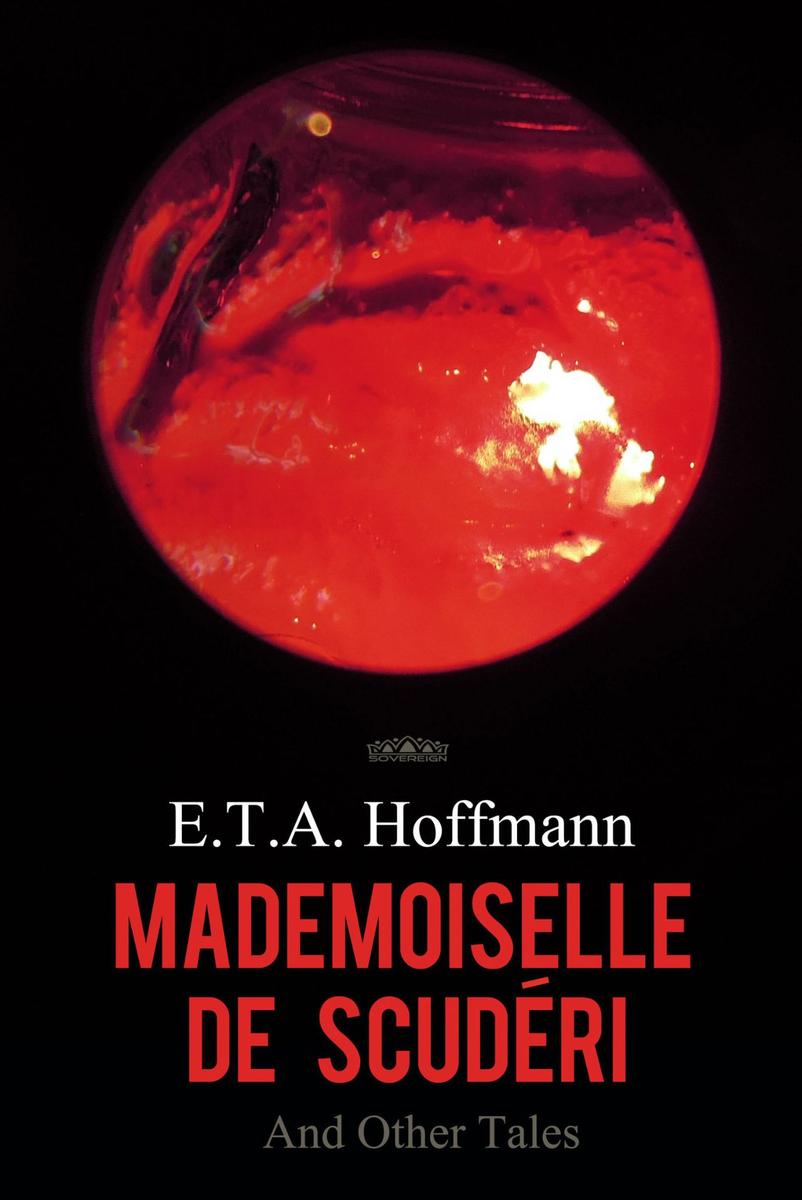
Mademoiselle de Scuderi and Other Tales
¥40.79
The action takes place in Paris during the reign of King Louis XIV of France. The city is under siege by what is presumed to be an organized band of thieves whose members rob citizens of costly jewelry in their homes or on the street. Some of the street victims are simply rendered unconscious by a blow to the head, but most are killed instantly by a deliberate dagger thrust to the heart. The murder victims are mostly wealthy lovers who are on their way to meet their mistresses with gifts of fine jewelry.
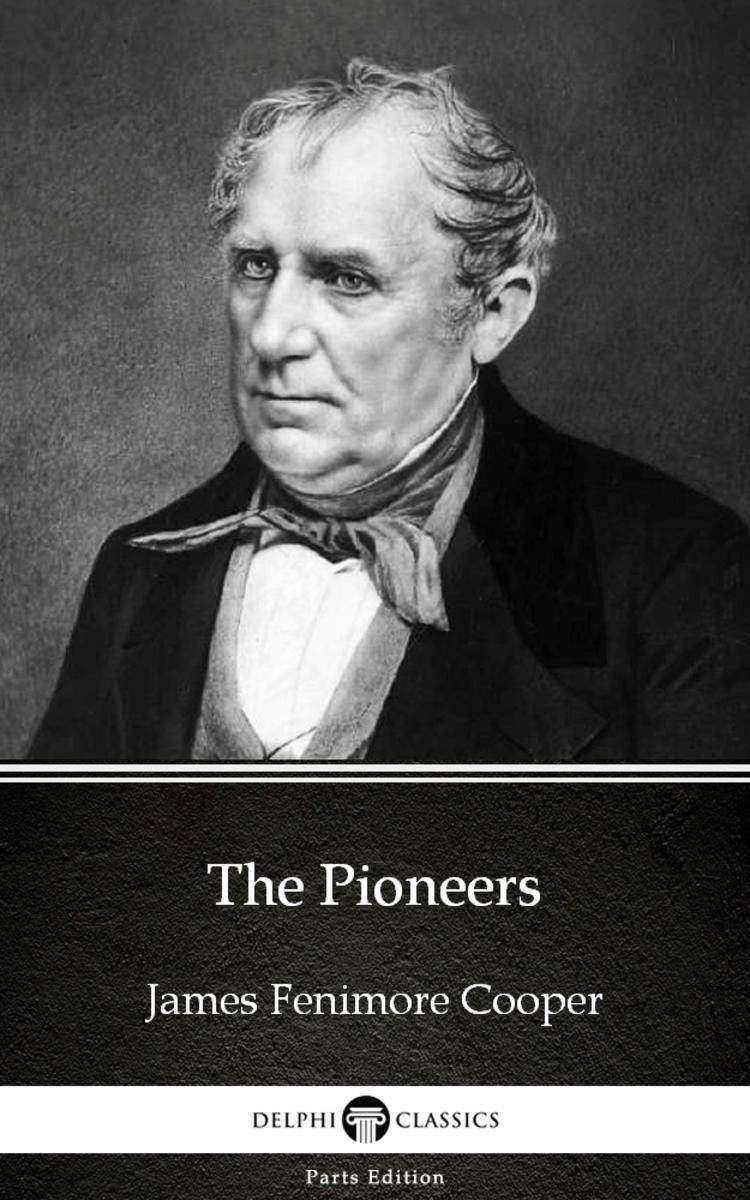
The Pioneers by James Fenimore Cooper - Delphi Classics (Illustrated)
¥8.09
This eBook features the unabridged text of ‘The Pioneers by James Fenimore Cooper - Delphi Classics (Illustrated)’ from the bestselling edition of ‘The Complete Works of James Fenimore Cooper’. Having established their name as the leading publisher of classic literature and art, Delphi Classics produce publications that are individually crafted with superior formatting, while introducing many rare texts for the first time in digital print. The Delphi Classics edition of Cooper includes original annotations and illustrations relating to the life and works of the author, as well as individual tables of contents, allowing you to navigate eBooks quickly and easily. eBook features: * The complete unabridged text of ‘The Pioneers by James Fenimore Cooper - Delphi Classics (Illustrated)’ * Beautifully illustrated with images related to Cooper’s works * Individual contents table, allowing easy navigation around the eBook * Excellent formatting of the text Please visit www.delphiclassics.com to learn more about our wide range of titles

Confessions??
¥24.44
Diary of a separated woman. . ...This is an erotic short story about loving hot wives that clocks in at 3233 words. This story, Confessions, is very naughty and potentially shocking. We can't say too much. But, here is a sentence or two to sample: I was married for 18 years with a wonderful husband who cared for me until I found a brunette for whom I left...
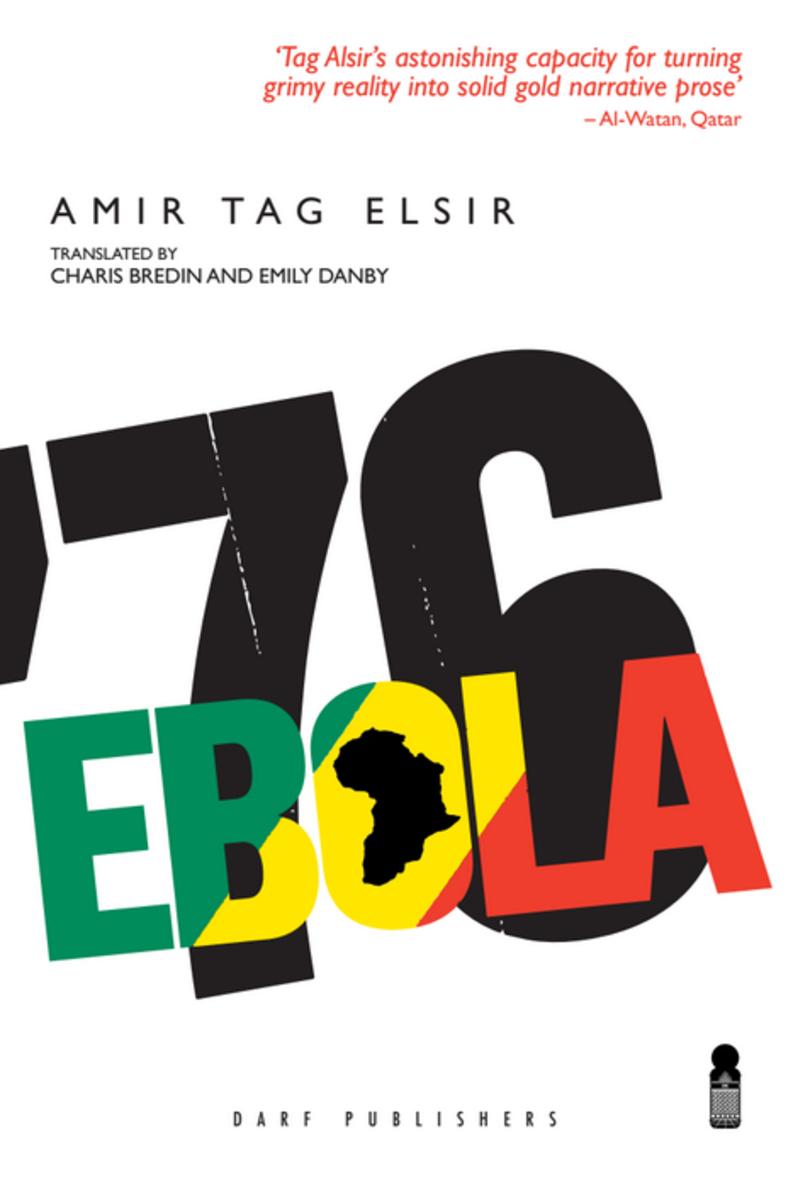
Ebola ’76
¥73.49
Louis Nawa left the hospital, still wearing his inpatient's gown, which covered only the top half of his body, leaving the bottom half naked but for a thick coat of body hair, a few mosquito bites and a wealth of lesions left by Ebola, which were now beginning to heal over. The streets were dusty, baking in the midday August sun... Ebola's tragic victims were evident all around. With no one left to carry them, they crawled alone to the main square in the hope of finding help. Louis, meanwhile, was completely oblivious to his bare feet, already blistering as they pounded the baking road. Any feeling including that of a guilty conscience had been entirely deadened by the bottle of wine he had guzzled. By acclaimed Sudanese author Amir Tag Elsir, Ebola '76 follows the story of Louis, a?simple blue-collar worker who unwittingly transports a deadly disease back to his home?country, with disastrous consequences for his family, friends and colleagues alike. In?a series of bizarre and comical human encounters, the disease takes a firm hold of?the city of Anzara. Blind guitar players, comely barbers, tyrannical factory owners and?spurned wives all soon find themselves desperately fighting for their lives in the "Time?of Ebola". Among the novel's most unusual characters is Ebola itself, a strikingly dark and sinister?presence that haunts the pages of this fast-paced, tragicomic satire. Cackling with?glee, hovering in drops of spittle, and gliding slyly from body to body, Ebola represents?one of the evilest and unpredictable of villains.
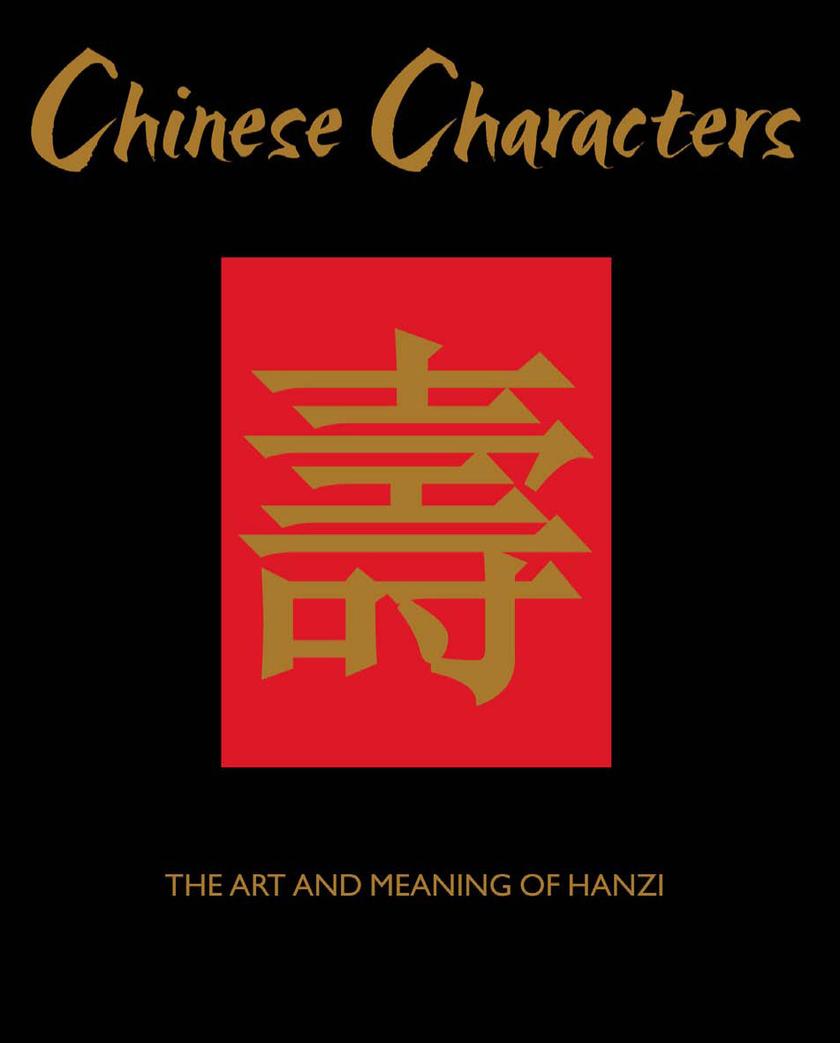
Chinese Characters
¥65.32
The elegant pen-strokes and visual harmony of Chinese writing, known as hànzì, have long been admired in the west. Classical Chinese calligraphy is a popular and valuable art form, and with the increasing economic and cultural power of China, its writing is becoming more widely appreciated and understood. In particular, the deep layers of history and symbolism which exist behind even the most everyday character have a strong appeal to those seeking understanding from an alternative philosophy.? ?Chinese Characters: The Art of Hànzì? features the most interesting of the three to four thousand characters are needed to write modern Chinese. Characters expressing concepts such as love, peace, respect and happiness are reproduced in a large format, enabling the reader to trace, scan or photocopy them for transfer to any other medium. Alongside the character is an accessible and inspiring explanation of how the character developed, what the particular strokes symbolize, and its various different meanings.

Botany (Collins Internet-Linked Dictionary of)
¥63.27
Compiled by a team of scientists,and edited by Jill Bailey in consultation with Sir John Burnett, Chairman of the Trustees,National Biodiversity Network and Dr Andrew Lack,Senior Lecturer in Environmental Biology,Oxford Brookes University




 购物车
购物车 个人中心
个人中心



